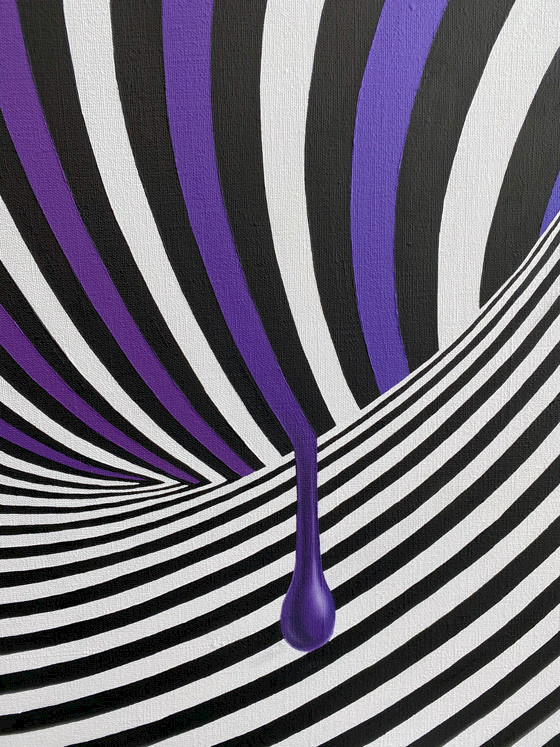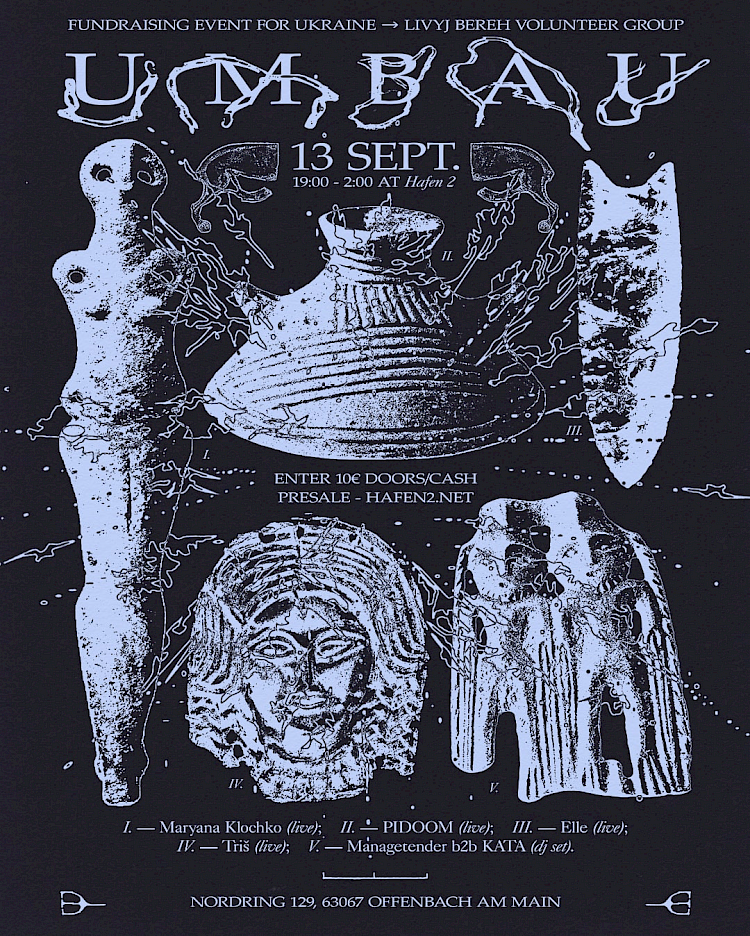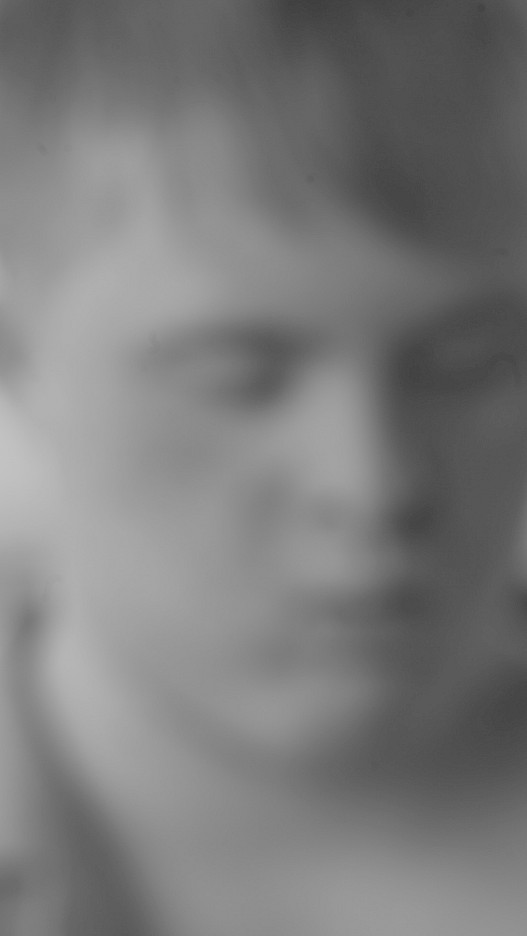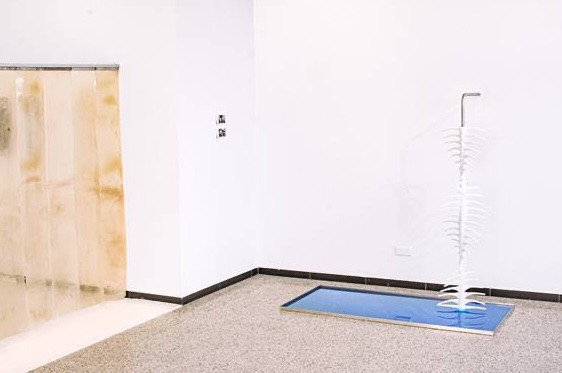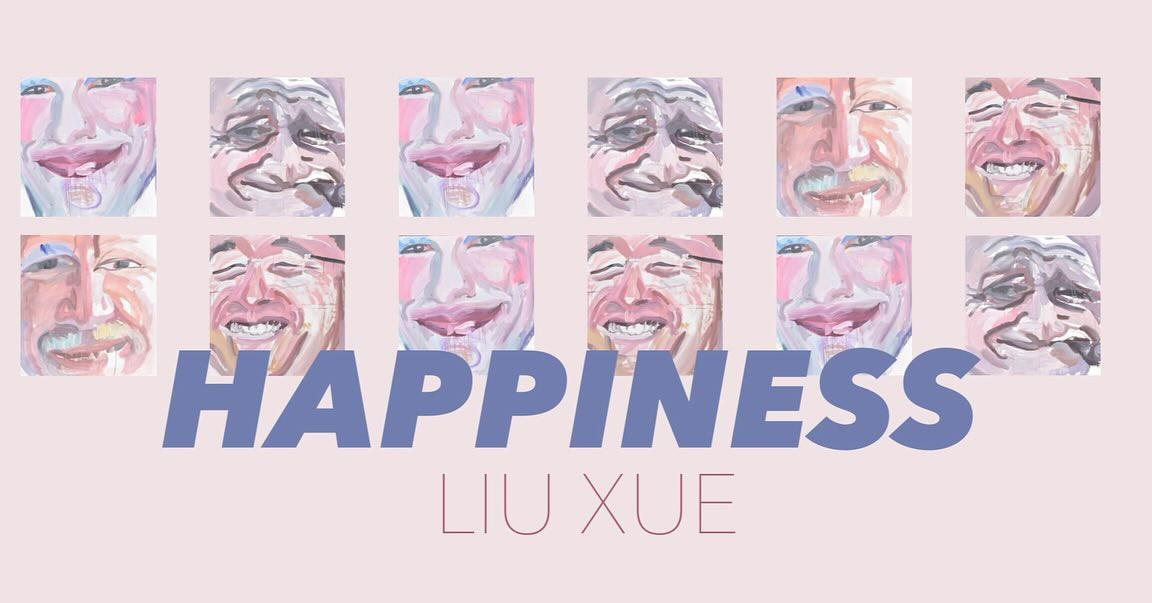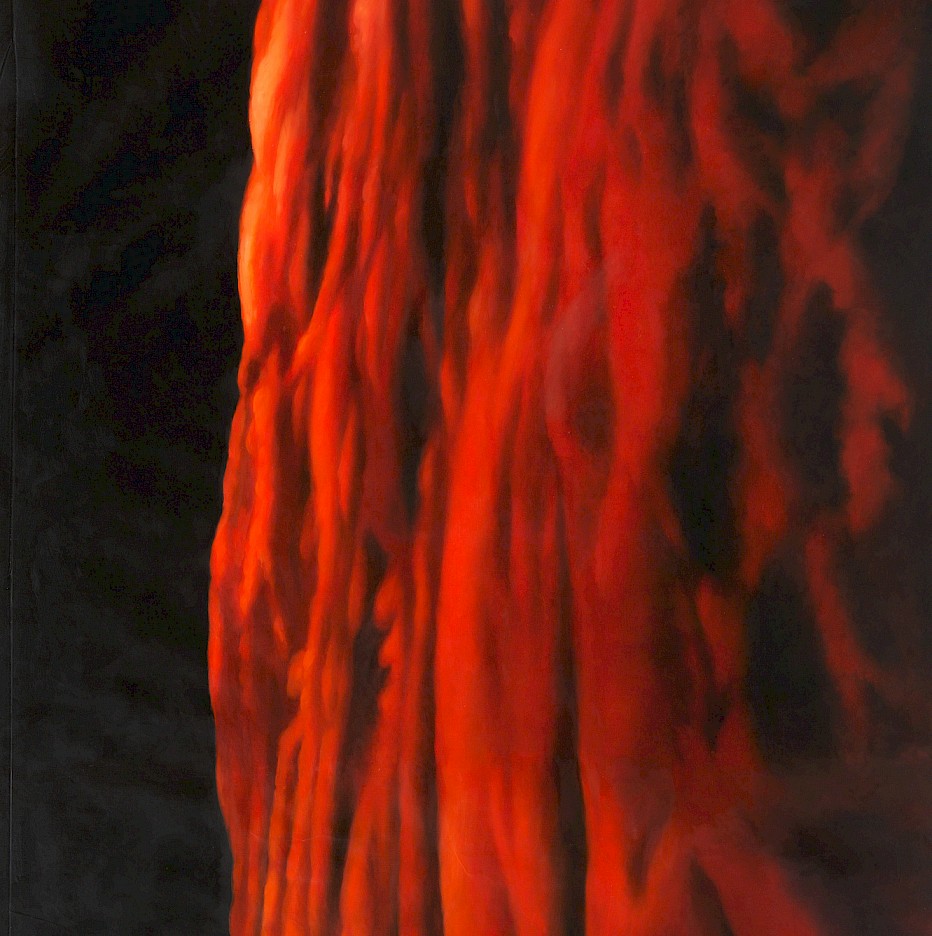Exhibition drafted by Carolyn Christov-Bakargiev and Marcella Beccaria
Sex is the third of three chapters in a project commissioned by Castello di Rivoli Museo d’Arte Contemporanea, Rivoli-Turin, Tate Modern, London and Art Institute of Chicago, Chicago
Until November 7, 2021
Performances at Castello di Rivoli on March 20 and 21, 2021.
The exhibition also includes a performance in Rome, in collaboration with the Gallerie Nazionali di Arte Antica. Dates to be announced. Performances will be held if public health circumstances permit.
Part of the Espressioni exhibition project, the Castello di Rivoli Museo d’Arte Contemporanea presents the first exhibition in an Italian institution dedicated to Anne Imhof (Gießen, Germany, 1978), the artist awarded with the Golden Lion at the Venice Biennale in 2017.
The exhibition includes paintings, sculptures, objects, architectural elements, drawings and a sound installation that is inspired by the form of the public concert, as well as a performance. Through a curatorial experiment, Anne Imhof’s exhibition also incorporates some historical works of art belonging to the group exhibition Espressioni. The Proposition on dispaly at the same time in the Castello building and which effectively become the characters of the exhibition.
Imhof is internationally recognized as one of the most innovative voices of her generation. Through her “durational performances”, she offers an unprecedented expression of the experience of the contemporary world in which physicality is increasingly mediated by digital communication. The new forms of alienation and detachment dictated by the massive spread of social media and its new related gestures can be considered an essential component in the artist’s work.
The main material shaped by the artist and her imaginary universe is the social gathering itself. This fact makes the exhibition very current and problematic. This innovative exhibition constitutes the first experiment in Imhof’s career which, in compliance with physical distancing rules, reflects on the contradictions of narcissism and a related mass loneliness typical of our new era. The social gathering therefore becomes not so much a literal part of her work but part of its poetic universe.
The central sculptural element in Sex is a long glass and steel wall that Imhof stages in order to define the space in an ambivalent way. Untitled (Glass Wall), 2019-2020, is an architectural and sculptural work comprising glass panels mounted on steel bases. While reminiscent of walls, the barriers erected to manage crowds, separate and distance people in our cities, the “glass wall” negates their function, standing as a discontinuous, traversable structure defined by constant transparency. Like a long spine, the work runs through the entire space of the Manica Lunga, dividing it into two symmetrical corridors that host works displayed with the concepts of doubling and mirroring in mind.
Sex comprises large-scale paintings that express the tension of the image and, at the same time, its possible destruction through a language that includes silkscreened portraits of women outside the fashion canons, the appropriation of photographs of nuclear explosions in the series Sunset (2019) and the use of scratches and abrasions in Untitled (2017-2019). There is also a large corpus of new drawings, specially made by the artist in 2020 during the lockdown in Berlin and in preparation for the exhibition, in which the attention to body language and the ways in which gestures draw space as mediated from digital communication emerges.
The exhibition Sex at Castello di Rivoli also focuses on a selected core of historical masterpieces from Italian collections that will be set up in dialog with the works of Imhof, contributing to deepen some of the themes underlying the artist’s work. Among the works on display are the painting Narciso (Narcissus), 1597-1599, by Caravaggio from the Gallerie Nazionali di Arte Antica, which invites a contemporary reflection on the question of identity and on the image today increasingly characterized by an exhibitionistic desire for one’s own image through digital technology. Other works on display include the San Lorenzo (St Lawrence), c. 1640-1649, by Jusepe de Ribera (Cerruti Collection) and Scena Allegorica (Allegorical Scene), c. 1521-1522, by the Mannerist painter Dosso Dossi (Fondazione Giorgio Cini, Venice). The works La Maddalena penitente (The Penitent Magdalene), c. 1645, by the Baroque painter Andrea Vaccaro and Sansone e Dalila (Samson and Delilah), c. 1630-1638, by Artemisia Gentileschi courtesy of the Gallerie d’Italia, Naples, are also on display.
Since 2012, Imhof has been working with a core group of collaborators, whose diverse backgrounds contribute to the final shape of the performance of the artist. In the case of the Sex performance, currently scheduled for 20 and 21 March 2021, a fundamental contribution to the conceptual and aesthetic development is given by Eliza Douglas. Together with Imhof, Douglas and Billy Bultheel have composed an original score that combines classical music with multiple references ranging from punk music, to electronic, to grunge, within which time seems to flow according to a logic independent of external events. On the occasion of the exhibition in Rivoli, this soundtrack was extended and further reworked.
As a side event to the exhibition at Castello di Rivoli, to celebrate the return of Caravaggio’s Narciso to Palazzo Barberini in Rome, Anne Imhof will present the new performance titled House of Narcissus. Caravaggio’s Narcissus is in fact considered by Imhof as a character of her exhibition installed at the Castello and its return to Rome, in the artist’s imagination, is presented as a homecoming.
Carolyn Christov-Bakargiev, Director of the Castello di Rivoli Museo d’Arte Contemporanea states “We are very happy to collaborate with the Gallerie Nazionali di Arte Antica, whom we thank for the loan of Caravaggio’s Narcissus. This synergy marks a new chapter in which today’s artists can work creatively and directly in relation to the works of the past, as has happened many times in history.”
The performance is also part of a cultural policy shared by the Castello di Rivoli and the Gallerie Nazionali di Arte Antica which conceives the performative and fictional aspect as an integral part of the exhibitions themselves. The performance, organized by the Gallerie Nazionali di Arte Antica in collaboration with Castello di Rivoli Museo d’Arte Contemporanea, will be held at Palazzo Barberini if public health circumstances permit. “With this new foray into contemporary art,” says Flaminia Gennari Santori, Director of the Gallerie Nazionali di Arte Antica, “which began with the exhibition of Picasso’s Parade in 2017, the Eco and Narcissus exhibition in 2018 and the Robert Mapplethorpe exhibition in 2019, the Gallerie Nazionali continue the dialog and the intertwining between past and present, the contemporary reading of ancient art, distinctive features of the strategy outlined by the museum management.”
The exhibition Sex will be accompanied by a bilingual (English/Italian) scholarly catalog co-published by Castello di Rivoli Museo d’Arte Contemporanea with Skira, Milan, in collaboration with Tate Modern, London, and Art Institute of Chicago, Chicago. The catalog will include new essays by Carolyn Christov-Bakargiev, Marcella Beccaria, Catherine Wood, Hendrik Folkerts, and Flaminia Gennari Santori, with a rich selection of images related to the project in London, Chicago and Rivoli. It will also include accurate bio-bibliographical information, collecting for the first time unpublished materials relating to the artist’s performative projects and also retracing the entire history of the exhibition through a selection of anthological texts.
Biography
Anne Imhof (Gießen, Germany, 1978) lives and works in Berlin and New York. Since 2012, her paintings, sculptures and her performances have been exhibited internationally. Monographic exhibitions have been dedicated to her at Tate Modern, London (2019), Art Institute of Chicago, Chicago (2019), German pavilion at the 57. Esposizione Internazionale d’Arte – Biennale di Venezia (2017), Hamburger Bahnhof, Berlin (2016), Kunsthalle Basel, Basel (2016), MoMA PS1, New York (2015), Carré d’Art – Musée d’Art Contemporain de Nîmes, Nîmes (2014) and Portikus, Frankfurt (2013). In addition, the artist participated in numerous group exhibitions at Tai Kwun, Hong Kong (2019), Biennale de Montréal, Montréal (2016), Palais de Tokyo, Paris (2015), Centre Pompidou, Paris (2015) and Museum für Moderne Kunst, Frankfurt (2014). The artist represented Germany at the 2017 Venice Biennale, on the occasion of which she received the Golden Lion for the best National Participation. She also won the Absolut Art Award (2017) and the Preis der Nationalgalerie (2015). Imhof has been guest professor and artist-in-residence at the Akademie der Bildenden Künste, Munich (2015) and visiting artist at Städelschule, Frankfurt, Yale University, New Haven, and ArtCenter College of Design, Pasadena, among others. She composed the music for her works Angst (2016), Faust (2017) and Sex (2019) together with Franziska Aigner, Billy Bultheel and Eliza Douglas. In 2016, Galerie Buchholz released her first single Brand New Gods. In 2019 her first album, Faust, was released, produced by PAN. The new album, Sex, is in the process of being released.
Castello di Rivoli
P.zza Mafalda di Savoia
Rivoli, Torino

